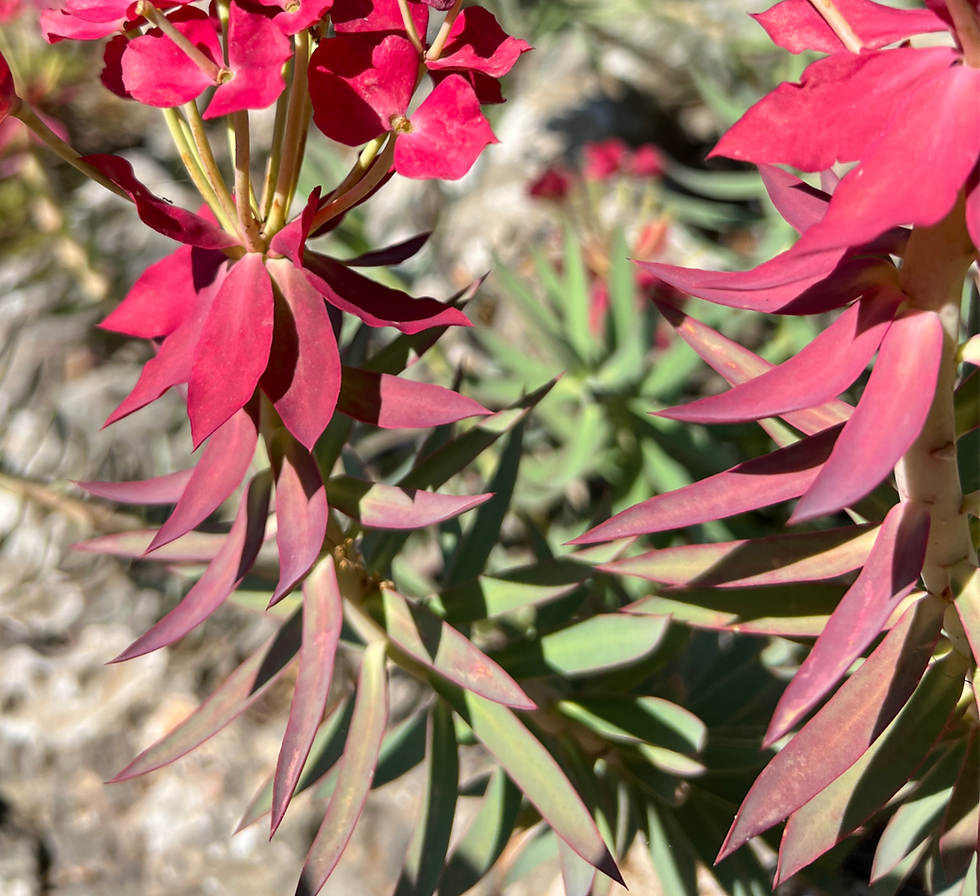Where Mountains Remember: Taurus, Artemis, and the Ancient Wild
- Barbaros
- Apr 30
- 3 min read

In the shadow of the Taurus Mountains, where pine forests whisper and eagles trace the sky, the rocks hold memories older than myth. These rugged highlands — stretching across southern Turkey — were once more than a dramatic backdrop to Lycian hikes or quiet sunsets. They were alive with gods, animals, and rituals, echoing with the pulse of wild nature and ancient belief.
At Go Lycia, we often walk these trails unaware that we’re tracing the footsteps of goddesses and goat herders, kings and sky-priests, all of whom saw this land not just as scenery, but as sacred ground. And at the heart of these old beliefs stood a mighty creature — the bull — and a wild protector of nature: Artemis.
🐂 The Bull and the Mountains That Bear Its Name
The Taurus Mountains take their name from the Latin word for bull — taurus — and it’s no coincidence. These mountains rise like a horned beast along the Mediterranean coast, ancient and unmoving. For thousands of years, bulls were symbols of power, fertility, and divine energy across the Mediterranean and Anatolia. In Neolithic Çatalhöyük, bulls’ horns were embedded into walls. In Hittite myth, the storm-god Tarhunna rode in a chariot pulled by sacred bulls.
It’s easy to imagine why: Bulls were strong, unpredictable, and full of life — a mirror of nature’s own force. And just as the Taurus constellation once marked the spring equinox in ancient skies, these earthly Taurus peaks marked the start of seasonal life below — rivers swelling, flowers erupting, herds growing.
🏹 Artemis: Huntress or Earth Mother?
Most know Artemis as the bow-wielding Greek goddess of the hunt, protector of wild animals and young girls. But in Anatolia, especially in places like Ephesus, her story was much older and far wilder.
Here, Artemis wasn’t just a hunter. She was a fertility goddess, a guardian of natural cycles, forests, childbirth, and all untamed things. The famous statue of Artemis at Ephesus, covered in rows of rounded objects — often called "breasts" — may actually depict bull testicles or gourds, both potent fertility symbols.
Sounds strange? Not in the ancient world. In fact, in many sacred rites across the region, bulls were sacrificed to honor Artemis and other fertility goddesses. Their testicles were preserved, displayed, or buried as offerings of life force — a raw, primal gesture to ensure abundance, rainfall, and rebirth.
🔥 Rituals Beneath the Pines
Imagine a high clearing deep in the Taurus range, smoke curling from a fire. A young bull stands tethered, painted with ochre, its breath steaming in the dawn chill. Around it, villagers chant. At the edge of the circle, a priestess raises a blade — not out of cruelty, but in ceremony, echoing older rhythms.
The bull gives its life. The horns might be placed on a shrine, and yes — the testicles, seen as the seat of vitality, offered to Artemis. Sometimes they were hung from sacred trees, other times buried beneath stones, their essence feeding the soil. These rituals weren’t brutal acts — they were gifts from nature, to nature.
Today, these acts might shock us. But for ancient people, the cycles of life, death, and renewal were not abstract ideas — they were lived truths, observed in every field, womb, and forest.
🌿 Echoes on the Lycian Trail
When we walk the Lycian Way, or paddle through the bays of Kekova, we often marvel at the views — but few realize the spiritual depth of these landscapes. The cliffs and caves may have once housed shrines. That gnarled tree at the spring? Perhaps once hung with testicles or talismans. The goat path above Simena? Maybe once a sacred route for offerings.
This doesn’t mean we need to recreate those rites. But it does invite us to see the landscape differently — not just as a photo opportunity, but as a living temple, shaped by thousands of years of human connection to the wild.
At Go Lycia, we believe in walking slowly, asking questions, and letting the land speak. And sometimes, what it whispers is older than any guidebook: a story of bulls and goddesses, of blood and blossom, of humans trying to make peace with the untamable world.
The Taurus Mountains are more than just a name. They are the ancient bull — enduring, majestic, and full of mystery. And Artemis? She’s still out there, if you know where to look. Maybe in the silence between pines. Maybe in the wind over a ruined temple. Maybe in the courage to walk into nature and listen.
Just don’t be surprised if the earth answers back.

Comments